Keeping a vibrant saltwater aquarium is a rewarding experience, but maintaining the health of your pet friends requires attentiveness. This guide explores the most common saltwater fish diseases and disorders, equipping you to identify symptoms and understand the root causes.
Content Table
This blog is all about marine fish disease symptoms and treatment options while ensuring your beloved fish thrive in an aquarium setup. Acquiring the right knowledge is imperative in preventing outbreaks and creating a breathtaking saltwater masterpiece.
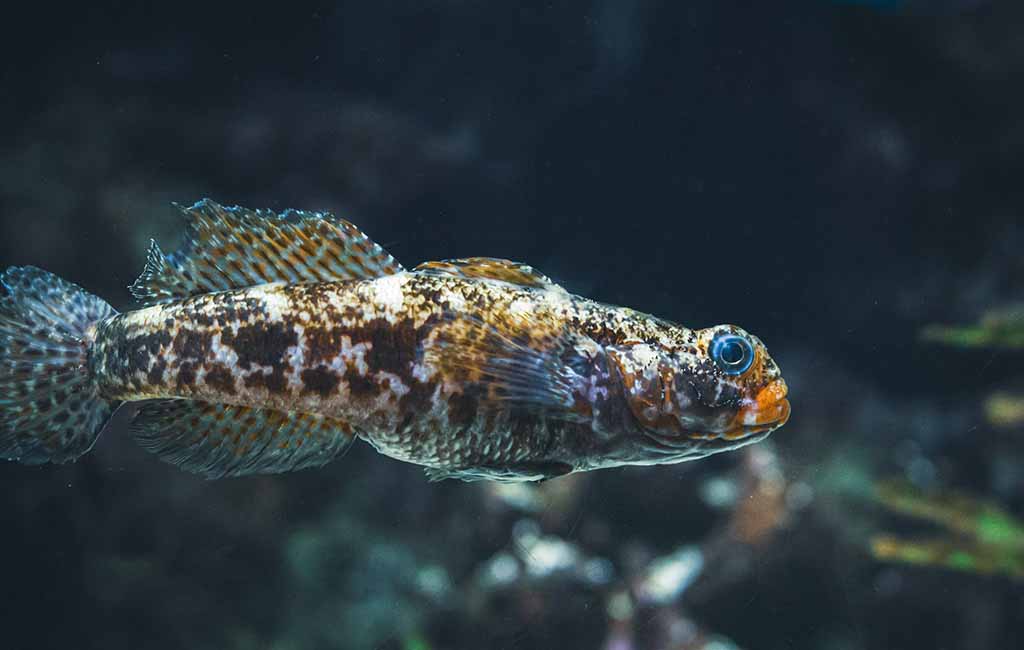
Common Saltwater Fish Diseases and Disorders
Marine fish are prone to saltwater diseases and disorders, which can put aquarium owners in a spot. It is vital to know about the different health issues that can be caused in saltwater fish and how to see and treat them.
Types of Marine Fish Diseases
Some frequent forms of diseases that saltwater fish can develop include bacterial infections, parasitic infections, fungal infections, and viral infections. Such diseases may lead to symptoms like fatigue, loss of appetite, uncommon swimming movements, and external lesions that are visible on the body of fish. Some of the most common saltwater fish diseases and disorders include:
1. Saltwater Fish Fin Disease (SFFD)
A widely recognized saltwater fish disease is fin rot, a bacterial infection that causes the demise of the fish’s fins. It may be due to bad water quality, stress, or damage to fins. If not treated in time, fin rot will spread to other body parts and cause general health deterioration.
2. Gill Disease of Saltwater Fish
The other big issue saltwater fish can suffer from is gill disease and this is often caused by parasites or poor water quality. Symptoms of gill disease can be rapid breathing, gasping before the water surface, and visible damage to the gills. Prompt action towards gill disease is necessary to avoid the incidence of respiratory illnesses and other complications.
3. Other Types of Marine Fish Diseases
In addition to fin and gill diseases, saltwater fish can also be affected by a range of other illnesses. These can include bacterial infections, viral infections, and parasitic infestations. Each type of disease requires a specific treatment plan, so it’s important to accurately diagnose the issue before attempting to treat it.
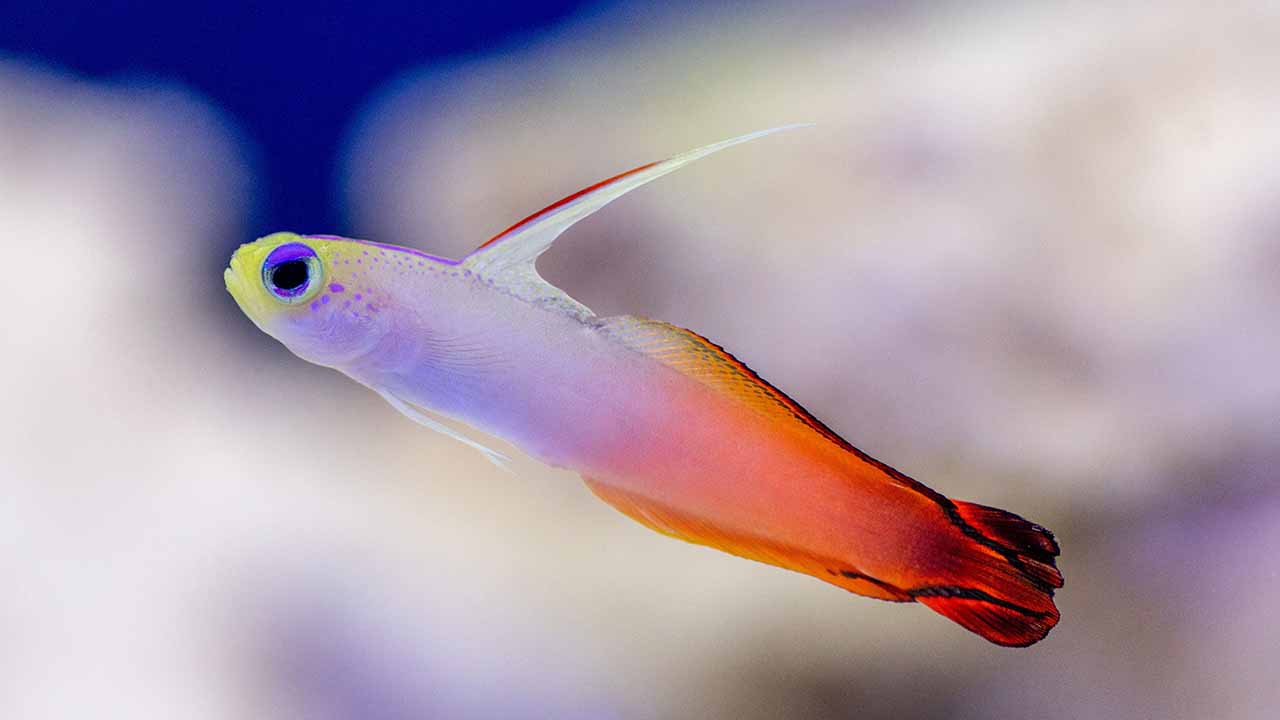
Symptoms of Diseases in Saltwater Fish
When it comes to holding saltwater fish, it is imperative to know the signs of common diseases that may strike them. Be aware of these symptoms and treat the disease early on to cure the fish and prevent the infection from spreading among the fish in your tank.
1. White Spot Disease (Ich)
The top of the list of illnesses of marine fish is white spot disease, also called the ichtyophthirius. Small white spots on the fish’s body, fins, and gills indicate this disease. The fish could behave like they are trying to scratch something against the tank walls.
2. Marine velvet disease
In addition to Marine Ick, marine velvet disease is another common one in saltwater fish, for example, clownfish velvet disease. The disease manifests as a velvet-like texture of the fish’s body and as fast breathing and loss of appetite. The fish can also demonstrate a flash behavior in which it will rub back and forth into objects that are in the tank.
3. Fin rot
Fin rot is a bacterial disease of the fins of saltwater fish. The symptoms of this condition include frayed or ragged fins, discolored fins, and lethargy. In cases of severity, the disease may spread to other areas of the fish’s body.
4. Popeye Disease
Popeye disease can be understood as the fish’s eyes swelling or the fish bulging. This sickness may be the result of bacterial infection, low quality of water, or physical damage. Some other symptoms may include smoky eyes, reluctance to swim, and loss of interest in eating.
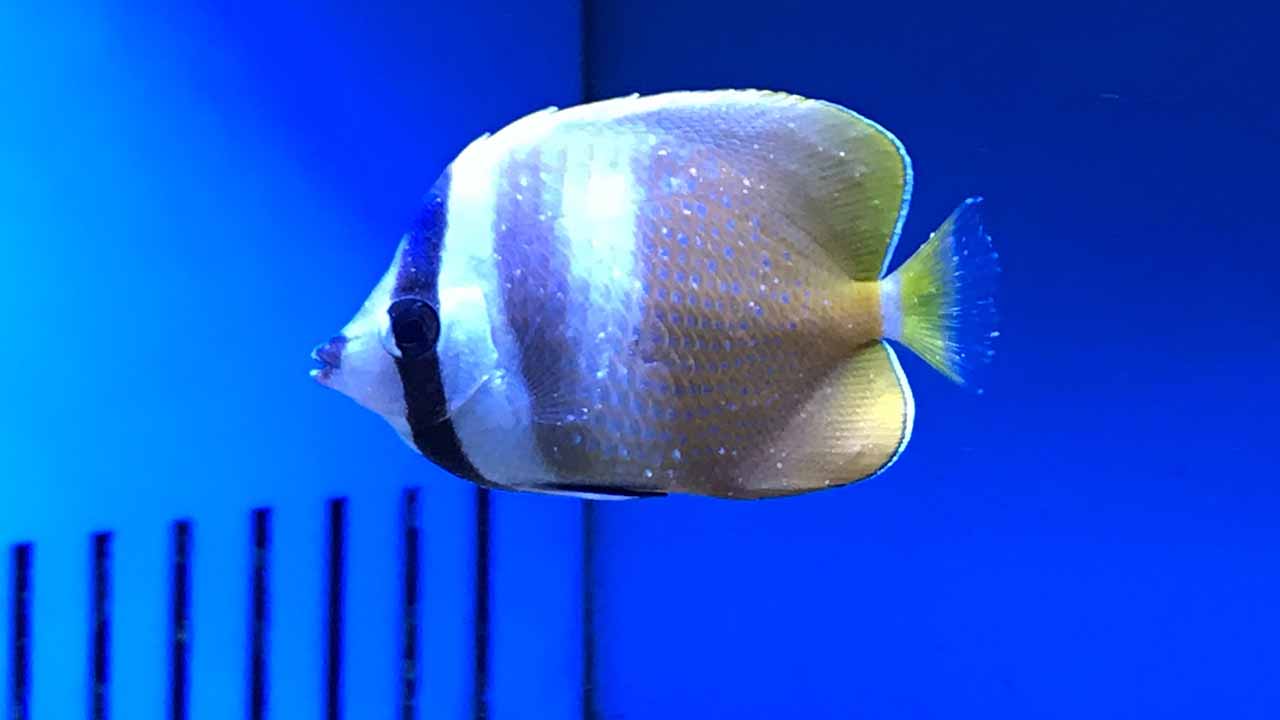
What Causes Disease in Marine Fish
Many factors can contribute to disease in marine fish, including:
1. Infectious agents: Seas and oceans are frequently the places where bacteria, viruses, and parasites get their origin, and because of this marine environment, fish are prone to different diseases. Such organisms can find their way into the aquarium through fish, infected water, or live food.
2. Poor water quality: Seawater which is impure in terms of water quality, high levels of ammonia or nitrite can cause problems in the fish’s health and make them more vulnerable to diseases.
3. Improper nutrition: A fish that has a diet that lacks vitamins or any other nutrients is most likely going to have a weaker immune system, thus making it even more susceptible to diseases.
4. Stress: Overcrowding, shipping, and tank mates’ stress is also part of a whole package that can contribute to the natural immunity weakening. This is done by compromising a fish’s immune system.
5. Injury: Most physical injuries occur on the outside of the fish, causing pathogens to enter the fish’s body and cause infection.
Marine Aquarium Fish Diseases Treatments
Treating diseases in a marine aquarium requires a targeted approach based on the specific illness. Here’s a breakdown of treatments for common disease categories:
1. Parasitic (External)
A combination of copper power and antiprotozoal medications like Prazipro or Rally PRO can get rid of external parasites like ich. While copper is not harmful to soft and hard corals, it does kill invertebrates. So, you should be careful while using copper in reef tanks.
2. Parasitic (Internal)
The metacoccidia and flagellate will need to be treated with food that has General Cure, Seachem MetroPlex, or Seachem Focus additives. Take the recommended dose carefully to prevent harming the fish.
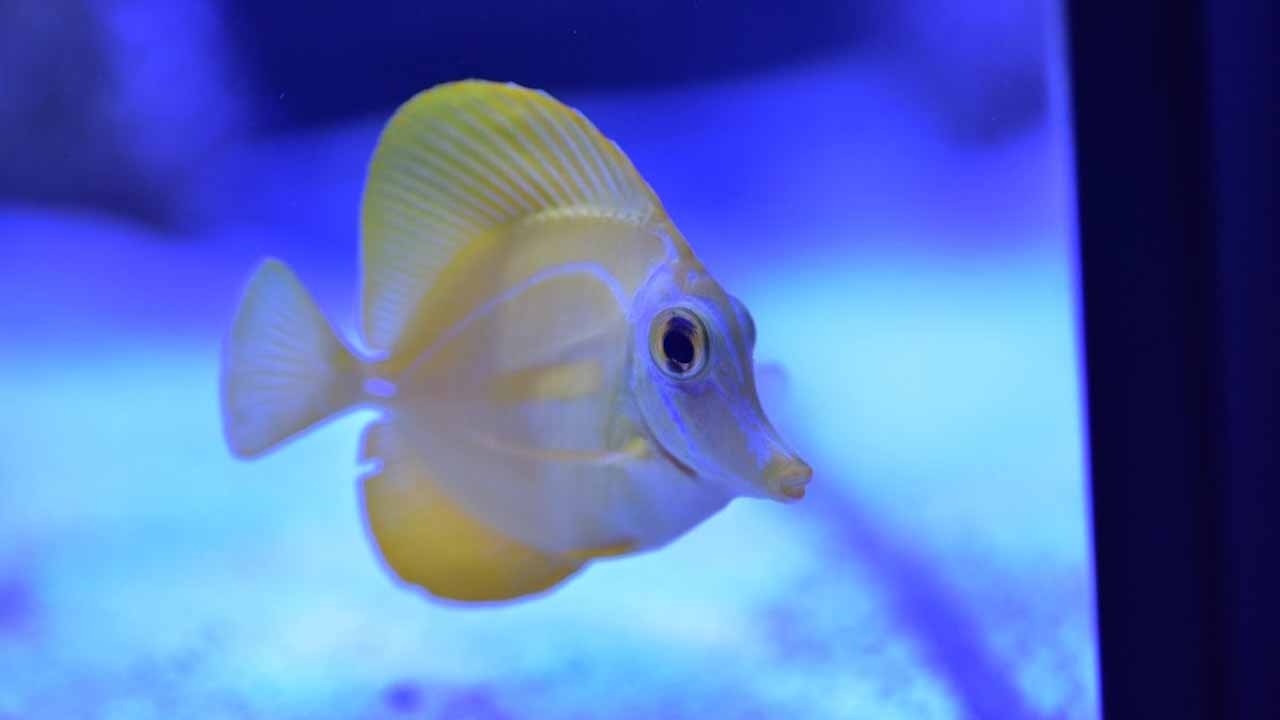
3. Fungal
If an ailment of fungus invades your fish, Fungus Cure, or similar medicines, can be applied. Early diagnosis constitutes a cornerstone of successful treatment.
4. Viral
It is so unfortunate that the viral disease cannot be cured right from the word go. Treatments like Triple Sulfa, SulfaPlex, and NeoPlex can be used to improve the health of the fish to fight off the virus. But the care focuses on fighting the virus in itself.
5. Bacterial
Resolving bacterial infections can be done through broad-spectrum drugs or those that address particular types of bacteria only. The most important thing is to follow the manufacturer’s recommendations and to be aware of how your aquarium might affect the livestock, such as corals.
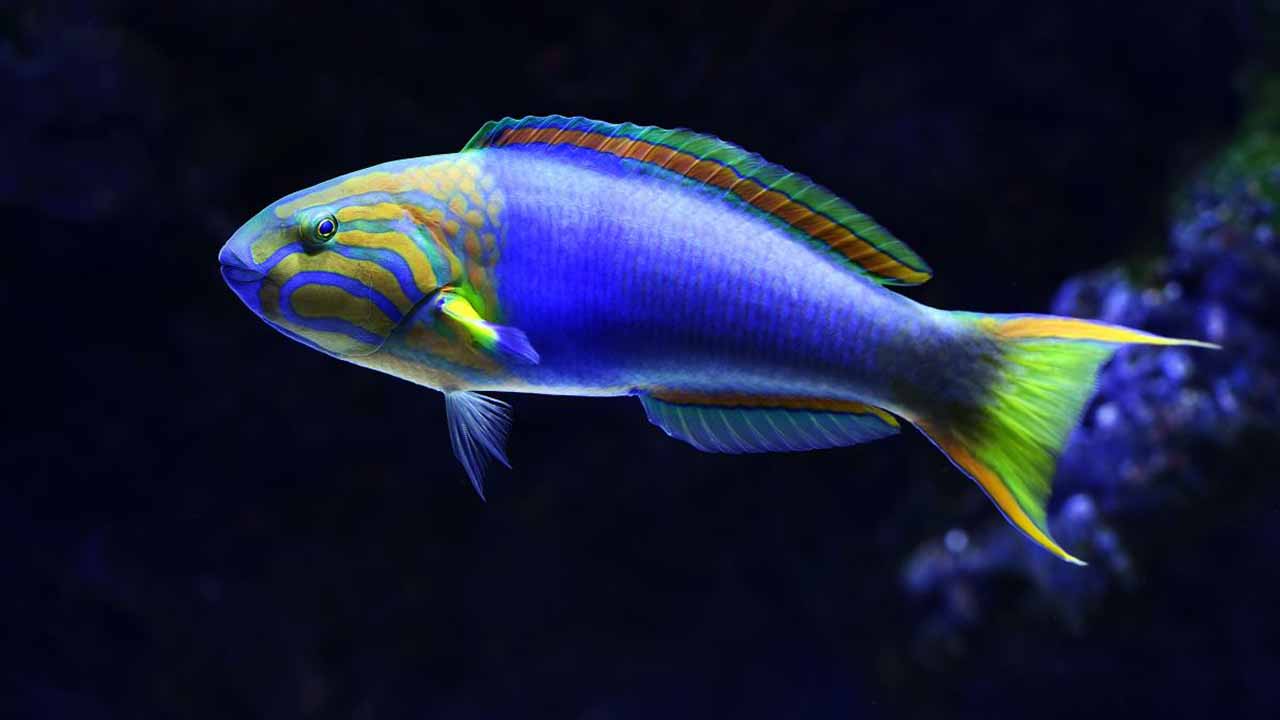
Key Takeaways
To summarize the points, successful management of the saltwater tank centers on knowledge and watchfulness. It is crucial to know about common diseases and disorders that fish living in seawater are susceptible to, as well as their symptoms and treatment options, to provide the best care for your aquatic mates. By reacting fast and carrying out water quality and dietary checks, you can set apart an amazing view of energetic and beautiful sea creatures.
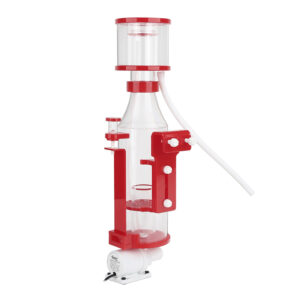
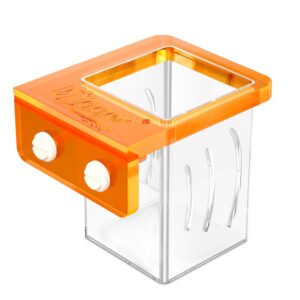
Leave a comment